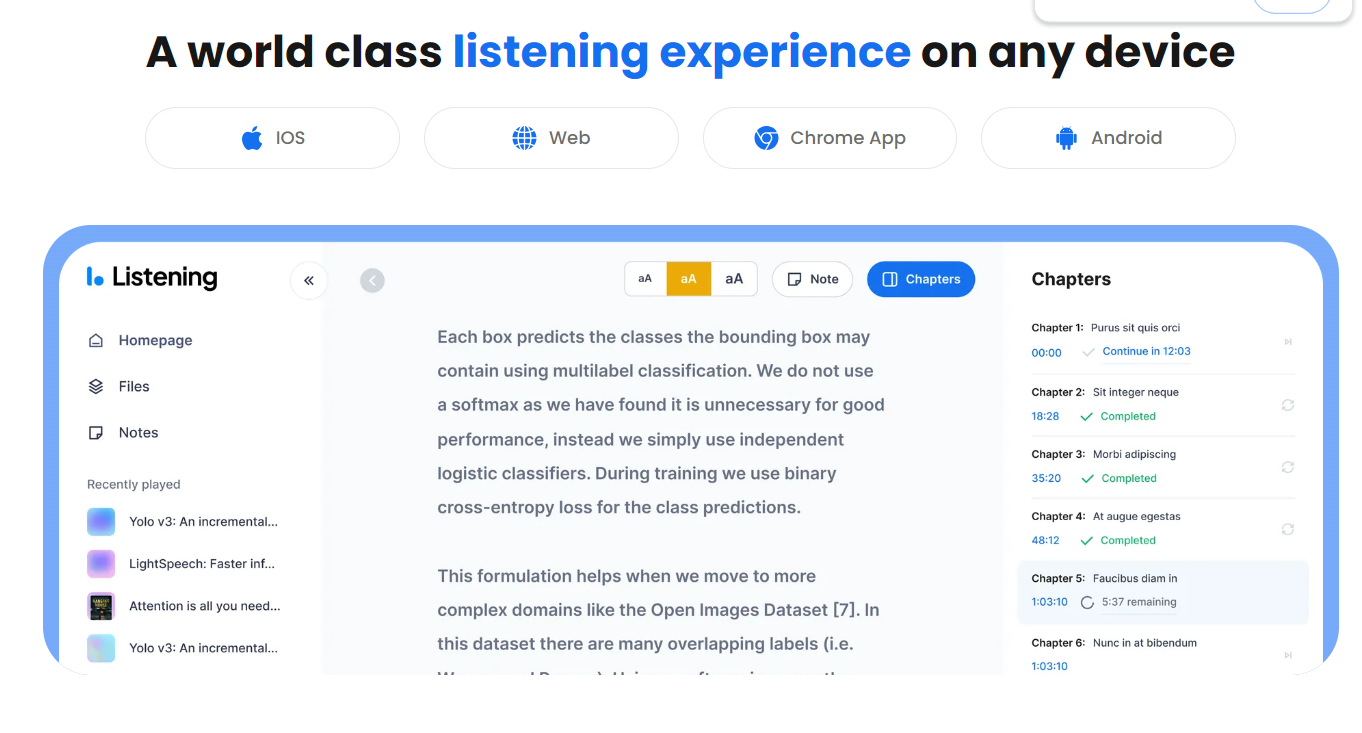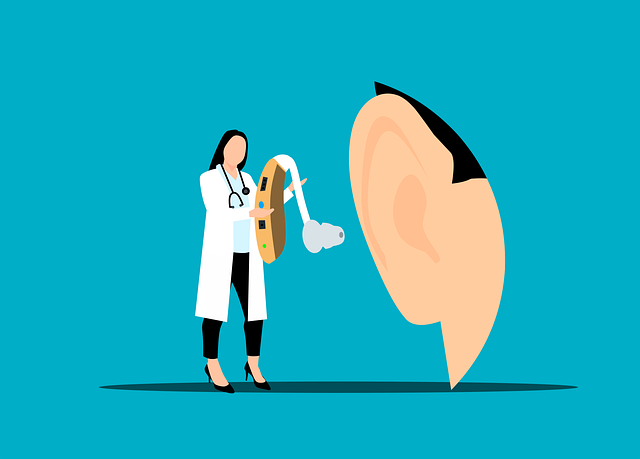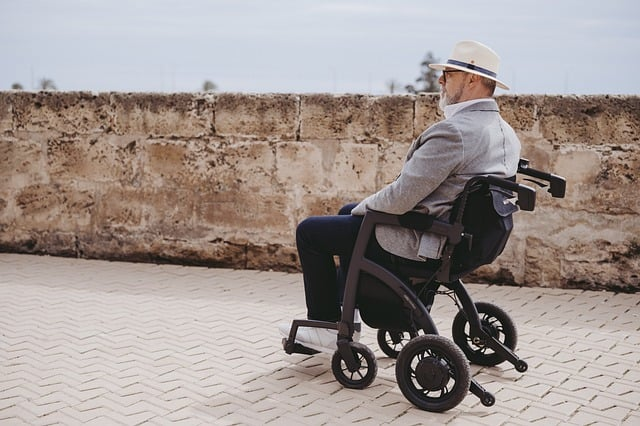Imagine a world where individuals with disabilities can navigate, communicate, and perform daily tasks easily, thanks to a wide range of assistive technologies.
These technologies include devices for navigation, communication support, hearing technology, text-to-speech software, and self-care.
In this article, we will explore the types of assistive technology, and their benefits, and some examples include how they are changing lives worldwide.
What is Assistive Technology?
Assistive technology is any device, software, or equipment that helps people with disabilities maintain or improve their functional capabilities.
This includes communication devices, mobility aids, cognitive aids, daily living aids, and products designed for accessing computers for individuals who are blind or visually impaired.
However, it does not include a medical device that is surgically implanted or its replacement. Assistive technologies empower individuals to overcome barriers and lead more independent lives.
Assistive technology devices encompass a wide array of tools, from low-tech solutions like velcro gloves and adaptive bands to high-tech solutions such as speech recognition software,
3D printed prosthetic hands iPads and tablets, and other high-tech innovations like all-terrain wheelchairs, adaptive bicycles, and technologies enhancing participation in adaptive sports.
Screen magnification software is another example of assistive technology, which enlarges texts and graphics on computer screens, aiding people with low vision.
These technologies range from simple magnifying glasses to complex prosthetic limbs. The main goal of assistive technology is to promote independence, improve quality of life, and enable individuals with disabilities to participate more fully in society.
Importance of assistive technology for individuals with disabilities
Assistive technology helps people with disabilities by providing necessary tools, not just conveniences, significantly affecting their ability to communicate, pursue an education, or maintain employment.
Screen readers convey displayed information through voice recognition or braille, assisting visually impaired individuals.
These different assistive technology types, such as assistive products, are designed to increase, maintain, or improve the functional capabilities of persons with disabilities, helping the human experience and creating a more inclusive world.
Types of Assistive Technology Devices
A. Communication Aids and Speech Generating Devices
Communication aids are crucial for people with speech or hearing impairments. Speech-generating devices convert typed words, phrases, audiobooks, or images into spoken language.
This allows individuals with limited speech to communicate effectively.
1. Text to Speech Software
Text-to-speech (TTS) software, like the tools provided by Listening.com, converts written text into spoken words. This makes information more accessible for people with visual impairments, reading difficulties, or learning disabilities like dyslexia through audiobooks.

TTS is a form of alternative communication that helps users better comprehend and engage with content. It also aids those who prefer auditory learning or need hands-free access to information.
Listening.com offers tools beyond TTS systems designed to support auditory processing and comprehension. These include audiobooks with adjustable speech speed, word highlighting, and visual cues.
Combining TTS with these supportive features creates a more inclusive and effective learning experience for individuals with diverse needs.
Alternative communication aids, such as TTS, break down barriers, foster social interaction, and improve mental health and well-being.
2. Hearing aids and cochlear implants
Hearing aids and cochlear implants are assistive technologies that serve as communication aids for individuals with hearing impairments.
Hearing aids are electronic devices worn in or behind the ear to amplify sound. They consist of a microphone, amplifier, and speaker, and are suitable for mild to severe hearing loss. Hearing aids can be programmed to enhance specific frequencies.
Cochlear Implants are surgically implanted devices that bypass the damaged inner ear and directly stimulate the auditory nerve.

They have an external component (microphone, speech processor, transmitter) and an internal component (receiver, electrode array).
Cochlear implants are recommended for severe to profound hearing loss when hearing aids are not beneficial. They convert sound into electrical signals sent to the auditory nerve, which the brain interprets as sound.
Both assistive technologies enhance the user’s ability to perceive and understand speech and sounds, improving communication and quality of life.
B. Mobility Aids and Devices
Mobility aids are another crucial category of assistive technology. Wheelchairs, scooters, and other mobility devices allow individuals with limited mobility to move around independently, providing substitute mobility for people with illness, injury, or disability.
These variations of wheelchairs, whether propelled manually or electrically, enable individuals to perform daily living activities, overcome challenges, and encourage independent mobility.
Prosthetics and orthotics replace or support missing or impaired limbs, enabling users to walk, run, and perform daily activities more easily.
Additionally, the development and categorization of positioning devices, such as standers, play a significant role in ensuring equal distribution of body pressure without inhibiting movement, especially in specialized settings.
Walkers and canes offer stability and support for individuals with balance or mobility issues, reducing the risk of falls. Mobility aids enhance physical independence and improve self-esteem and quality of life by allowing individuals to participate more fully in various activities.

C. Cognitive Aids
Cognitive aids support individuals with cognitive disabilities, such as memory loss, attention deficit disorders, or learning difficulties. Memory aids and organizers help users and text readers keep track of important information, appointments, and tasks.
Time management tools, like visual timers and reminder apps, assist individuals in staying on schedule and completing tasks. Learning and educational software provide personalized, interactive experiences that cater to individual learning styles and paces.
Cognitive aids offer structure, guidance, and adaptability, empowering individuals with cognitive disabilities to lead more independent lives.
D. Daily living aids
Daily living aids help individuals with disabilities perform everyday tasks more independently.
Adaptive eating utensils and kitchen tools make meal preparation and dining easier for those with limited hand dexterity or strength.
Dressing aids and adaptive clothing simplify getting dressed. Home automation systems allow users to control lighting, and temperature, and remotely control appliances without physical interaction.
These aids reduce frustration, increase self-reliance, and contribute to a greater sense of autonomy in everyday life.
5 Benefits of Assistive Technology
1. Assistive technology in the classroom enables students with disabilities to access materials, participate in discussions, and demonstrate knowledge, which leads to better academic outcomes and increased self-confidence. 2. Assistive technology solutions range from low-tech to high-tech, including speech recognition software and 3D-printed prosthetic hands, catering to diverse needs and enhancing learning experiences. 3. Beyond the classroom, assistive technology provides tools for independence, allowing individuals with disabilities to take control of their lives, pursue goals, and reduce reliance on caregivers and support staff. 4. Increased self-reliance through assistive technology boosts self-esteem and enhances the overall quality of life for individuals with disabilities. 5. Electronic devices like wearable technology and desktop video magnifiers further promote independence, enabling individuals with disabilities to live more autonomously.
Advancements in Assistive Technology
Emerging technologies and trends
Trends are continually emerging in the field of assistive technology.
These advancements include the development of more intuitive and responsive devices: the integration of smart home technology, and the use of virtual and augmented reality for training and therapy.
The introduction of new assistive technology devices, ranging from low-tech solutions to advanced digital aids, is revolutionizing the way individuals with disabilities engage with the world around them.
The role of artificial intelligence and machine learning
Artificial Intelligence plays an increasingly important role in assistive technology, including the development and refinement of prosthetic devices.
AI-powered devices can learn and adapt to individual user preferences and needs, making them more personalized and effective. Machine learning algorithms can also analyze data from assistive devices to improve their performance over time.
Collaboration between researchers, developers, and users
Collaboration between researchers, developers, and users is crucial to advance assistive technology. By working together, these groups can identify unmet needs, develop innovative solutions, and ensure that assistive devices are user-friendly and effective.
This collaboration also helps to get resources to ensure that assistive technology is accessible and affordable for all who need it.
Conclusion
Assistive technology can transform the lives of individuals with disabilities, offering them greater independence, improved quality of life, and the ability to participate more fully in society.
As technology advances, with the integration of artificial intelligence, machine learning, and other emerging trends, the potential for assistive devices to make a positive impact grows even stronger.
This includes a variety of input devices, such as joysticks, sip-and-puff controls, and head switches, which are crucial for controlling motors and seating control actuators in mobility aids.
However, the success of assistive technology relies not only on innovation but also on collaboration between researchers, developers, and the individuals who use these devices every day.
By working together, we can ensure that assistive technology is accessible, affordable, and truly meets the needs of those it aims to serve.









